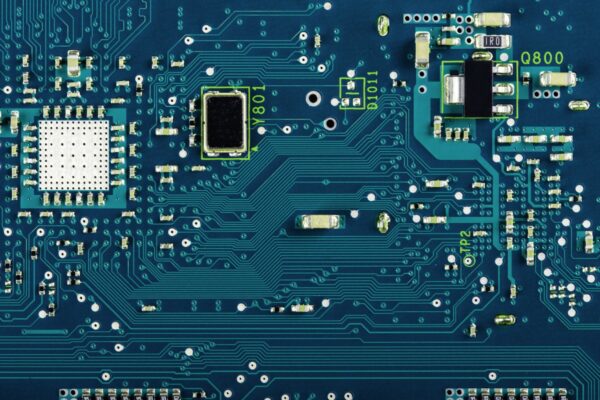What is Immersion Plating
Immersion plating, specifically immersion tin plating, is a surface finish technology alternative to HASL (Hot Air Solder Leveling) for lead-free finish options. The process involves depositing a thin layer of tin onto the copper surface of a PCB through an electroless chemical process.
During immersion tin plating, the PCB is immersed in a solution containing copper and tin ions. This solution facilitates the electroless reduction process, forming a consistent and protective tin coating. The thickness of the tin layer typically ranges from 0.8 to 1.2 micrometers.
Immersion tin plating offers several advantages. It provides good hole wall lubricity, making it suitable for certain applications. The process also helps protect the copper layer from oxidation, extending the shelf life of the PCB during storage. Additionally, immersion tin plating does not require chemical cleaning after the plating process, simplifying the overall production process.
Immersion tin plating requires careful control and adherence to safety guidelines. The presence of the carcinogen thiourea is necessary for the chemical reaction to occur, emphasizing the need for proper handling and safety precautions.





